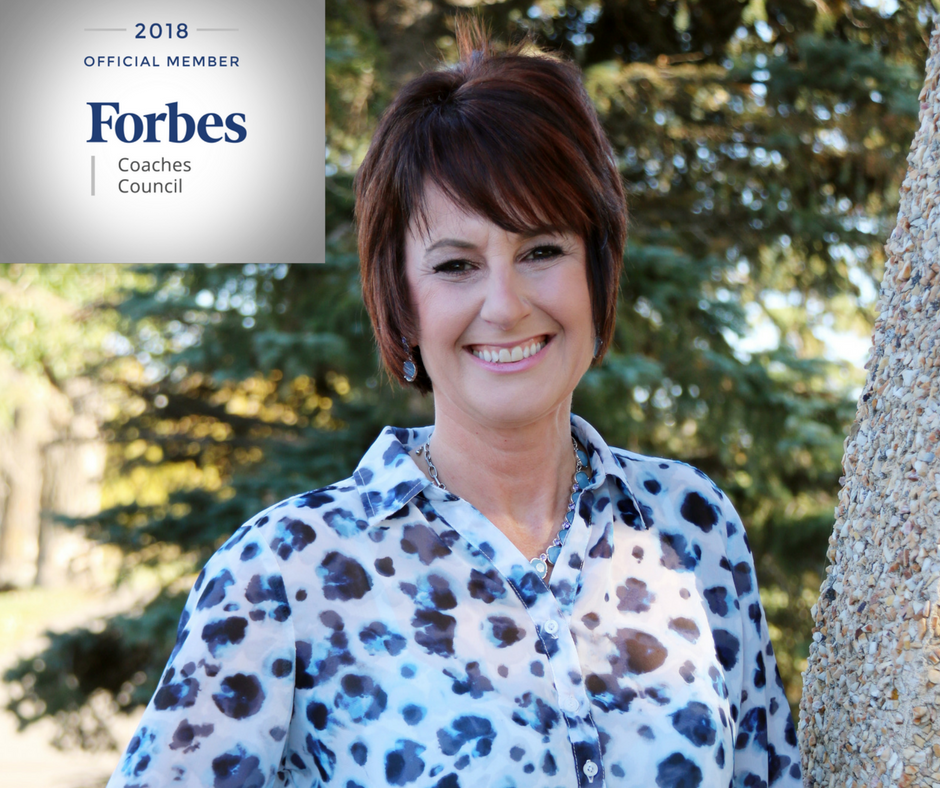This week, I’ll continue to share my experience with Change Management focusing on The Neutral Zone and my story.
If you’d rather read about this topic, the transcript is a little further down, so keep on scrolling.
Without further ado, here we go!
Here’s where you can find William Bridges’ book, Transitions: Making Sense Of Life’s Changes –> http://bit.ly/williambridgestransitions
Transcript:
Change Management: My Experience As An Executive Director: Part 1 on The Neutral Zone
So let me continue my story about the real situation that I had gone through regarding staff restructuring. I talked about two scenarios; firstly, doing what was typical when I was a new leader and secondly, how I had done things differently later on using William Bridges as a guide, a mentor to my leadership team; doing something different and coming away with a more positive outcome for the staff.
In a previous video, I talked about the initial staff meeting that we held where we had as many staff as could be there, engaged. At that time I was running an organization where there were over a hundred employees, and so we had a good majority of people, and it was expected that they be there if they were not needed within their job, and I shared with them a skeletal view of what this restructuring staffing model could look like. There was some initial hesitancy; people sat there to absorb it. These are all things we expected. We gave people an hour to two hours to sit and talk with one another, and to ask questions of us. The leadership team of 12 went out and openly engaged with people throughout that time recognizing that we could not expect people to be jumping up and down excited by what we were proposing to them. In fact, we thought they would be skeptical; that we had things already planned out and we were placating them. Or giving them the opportunity to have a voice when decisions were already made. So, we talked with employees individually and in small groups, and answered any questions they had and also had questions we asked of them. We carefully laid out the action plan moving forward as well as talked with them about the communication strategies we were going to put in place to ensure their voice was heard and that they could be part of the actual detailing out of the structure. What I found interesting is that there was one staff person in particular who went to the entire team and asked the same question “What difference is this going to make to me?.” Now that illustrates that even though 100 other people were going through the same change, the first and foremost question is “how is this going to impact me?” We answered as best we could which at that point was we don’t know. We ensured people understood that it was not going to mean job loss, because the disaster scenarios/worst case scenario is “Am I going to have a job at the end of this?” and we wanted to ensure them yes, they would. We tried to alleviate as many fears as we could, but we couldn’t possibly eliminate everyone’s concerns.
That was part of what went on that day and some of the conversations we had. The day was just the start of a very focused undertaking that we knew needed include communication before, during, and after the change event.
When you join me next time on Tips Tuesday, I am going to be talking specifically about communication strategies as it relates to change.
Until we meet again, remember: Success is yours. Bye for now!

Karin Naslund
CEO, Educator & Mentor, Naslund Consulting Group Inc.
Karin Naslund is the CEO of Naslund Consulting Group Inc. and trainer, mediator, and coach. She uses her 28-year tenure as a leadership guru to mentor new managers and leaders. Karin is a Forbes Coaches Council Member and Contributor on Forbes.com.
